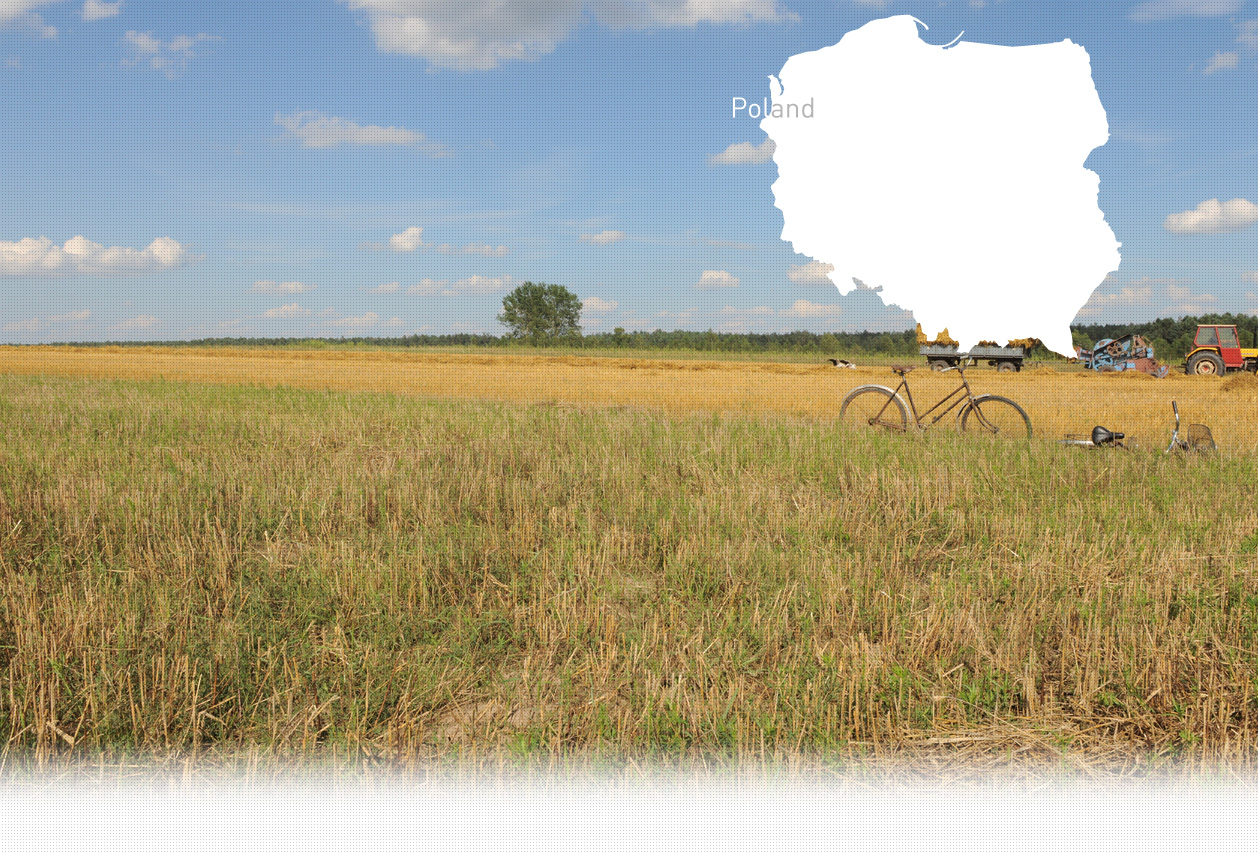

1 Killing site(s)
Janina D., born in 1940: "The Rębiś family was the wealthiest in the village, and their expansive house allowed them to shelter many Jews. They must have had friendly relations with Jews prior to the war. Unfortunately, all the Jews they harbored were executed, along with the members of this Polish family. The Jews were laid to rest in a location known as ’Nawsie,’ deep within the forest. Following the killing of the Rębiś family and the Jews under their protection, other Jews who had found refuge among Polish families sought safety in the forest. Some of them would spend nights in our barn. Despite our already stretched resources, my parents provided them with water, though they didn’t request food. When I was about six years old, our house was razed by the Germans in their hunt for Jews. One day, in broad daylight, they surrounded our home, forcibly evicting our entire family and setting fire to the house. Suspecting that we were hiding Jews, although we never did, the Germans subjected us to this horrifying ordeal. However, when they found no Jews on our property, they spared our lives and departed. Sadly, the Rębiś family and the Jews they sheltered were not so lucky [...]" (Witness N°1484P, interviewed in Dębica, on September 13, 2022)
09.1943 and in 1944, 20 people were shot, both Poles and Jews. The bodies of the Jews were buried at the scene of the crime, on private land, the other victims in the executioners’ cemetery.
[Protokół Sądu Grodzkiego w Pilźnie, 24.09.1945; Mps, j.pol., s.2, 337E 459; Institute of National Remembrance IPN]
Połomia is a village located in the administrative district of Gmina Pilzno, within Dębica County, Subcarpathian Voivodeship, in southeastern Poland. Situated approximately 5 kilometers (3 miles) east of Pilzno, 10 kilometers (6 miles) southwest of Dębica, and 48 kilometers (30 miles) west of the regional capital Rzeszów.
While little is known about the Jewish community of Połomia, witnesses interviewed by Yahad’s team have mentioned the presence of Jews in the village. However, few of these witnesses recall specific details about their Jewish neighbors. Despite this lack of detailed information, it can be inferred from these accounts that there were several Jewish families residing in Połomia.
The largest concentrations of Jews in the vicinity of Połomia were found in neighboring towns and cities. For instance, Pilzno had a Jewish population of 788 individuals in 1939, while Rzeszów boasted a Jewish population of 11,228 people in 1931. Additionally, Czudec was home to approximately 1,000 Jewish residents during the same period. These nearby Jewish communities likely had social and economic ties with the inhabitants of Połomia.
During the German occupation of the region from September 1939, the Holocaust brought about repressive measures against non-Jewish Polish citizens who assisted Jews persecuted by Nazi Germany. In 1942, twelve Jews sought refuge within the Polish Rębiś family from Połomia. Among them were six men aged between 40 and 50, two women, and a three-year-old girl. Though the names of these Jews are unknown, it was determined that they came from Cracow, Tarnow, and Lviv.
The Rębiś family made extensive preparations for the Jews in hiding, providing two hiding places—one beneath the barn and another beneath the woodshed—fitted with bunks and mattresses. Additionally, they arranged shelter for twelve members of the Buchner Jewish family in outbuildings belonging to their neighbor. Despite warnings from a fellow villager regarding a looming threat of detection, the Rębiś family chose to harbor the Jews.
On September 9, 1943, following a denunciation, German forces descended upon the Rębiś farm, ruthlessly murdering the entire family alongside the Jews in hiding. Following the atrocity, the Germans pillaged the farm. Jan and Władysław, two members of the Rębiś family, were absent from home during the raid, potentially sparing their lives. The fate of the Buchner Jewish family, who emerged from hiding after the violence, remains unknown.
The bodies of the Rębiś family were buried at the local Catholic cemetery. However, while many sources recount the events of the massacre in Połomia, none specify the burial site of the murdered Jews. Through investigative efforts in the region, Yahad’s team managed to locate the mass grave of the Jewish victims situated in the forest on a plot of land belonging to the Rębiś family, known locally as "Nawsie." The grave of the Jewish victims remains neglected, devoid of any monument commemorating their fate.
Do you have additional information regarding a village that you would like to share with Yahad ?
Please contact us at contact@yahadinunum.org
or by calling Yahad – In Unum at +33 (0) 1 53 20 13 17